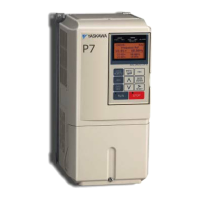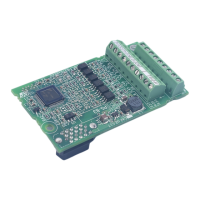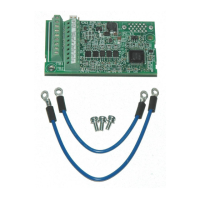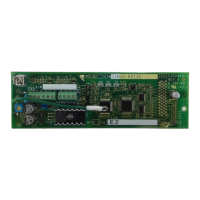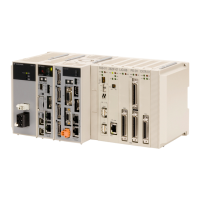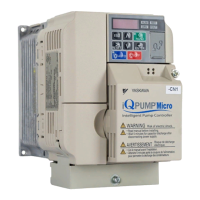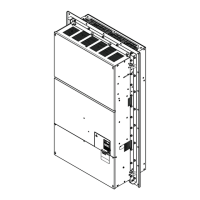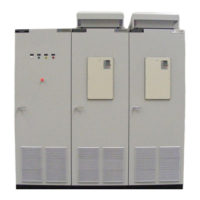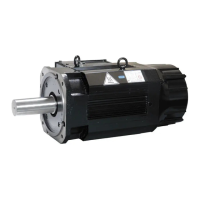• During Overexcitation Deceleration 2 (L3-04 = 5), the drive decelerates using the active deceleration time while adjusting
the deceleration rate to keep the DC bus voltage at the level set to L3-17. The actual stopping time will be longer or shorter
than the set deceleration time depending on the motor characteristics and the load inertia. Increase the deceleration time if
overvoltage occurs (ov).
• Entering a Run command during Overexcitation Deceleration cancels overexcitation operation and the drive reaccelerates
to the specified speed.
n
n3-13: Overexcitation Deceleration Gain
Multiplies a gain to the V/f pattern output value during Overexcitation Deceleration to determine the level of overexcitation.
The drive returns to the normal V/f value after the motor has stopped or when it is accelerating to the frequency reference.
No. Name Setting Range Default
n3-13 Overexcitation Deceleration Gain 1.00 to 1.40 1.10
The optimum setting for n3-13 depends on the motor flux saturation characteristics.
• Gradually increase the gain to 1.25 or 1.30 to improve the braking power of Overexcitation Deceleration.
• Lower n3-13 when flux saturation characteristics cause overcurrent. A high setting sometimes causes overcurrent (oC),
motor overload (oL1), or drive overload (oL2). Lowering n3-21 can also help remedy these problems.
n
n3-14: High Frequency Injection during Overexcitation Deceleration
Enables High Frequency Injection while Overexcitation Deceleration is executed. Injecting high frequency into the motor
increases loss and shortens deceleration time. This function tends to increase audible noise from the motor, and may not be
desirable in environments where motor noise is a concern.
No. Name Setting Range Default
n3-14 High Frequency Injection During Overexcitation Deceleration 0, 1 0
Setting 0: Disabled
Setting 1: Enabled
n
n3-21: High Slip Suppression Current Level
If the motor current exceeds the value set to n3-21 during Overexcitation Deceleration due to flux saturation, the drive
automatically reduces the overexcitation gain. Parameter n3-21 is set as a percentage of the drive rated current.
Set this parameter to a relatively low value to optimize deceleration. If overcurrent, oL1, or oL2 occur during Overexcitation
Deceleration, reduce the high slip suppression current level.
No. Name Setting Range Default
n3-21 High Slip Suppression Current Level 0 to 150% 100%
n
n3-23: Overexcitation Operation Selection
Limits the Overexcitation Deceleration operation selected in parameter L3-04 to forward only or reverse only.
No. Name Setting Range Default
n3-23 Overexcitation Operation Selection 0 to 2 0
Setting 0: Overexcitation Operation as Selected in L3-04 in Forward and Reverse Direction
Setting 1: Overexcitation Operation as Selected in L3-04 in Forward Direction Only
Setting 2: Overexcitation Operation as Selected in L3-04 in Reverse Direction Only
5.9 n: Special Adjustments
266
YASKAWA SIEP YAIP1U 01C AC Drive - P1000 Technical Manual
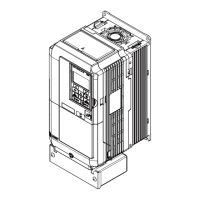
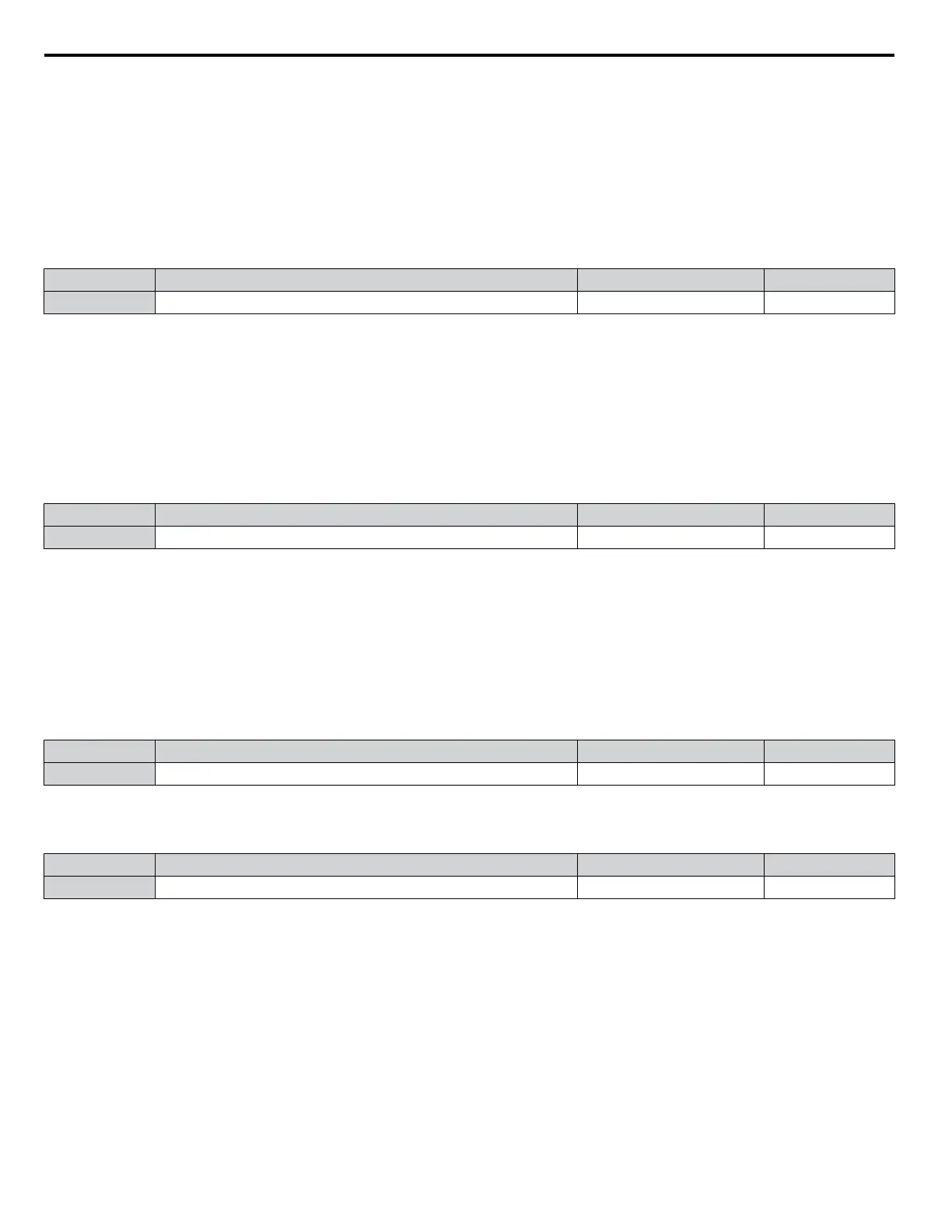